14-year-old Santram from Madhya Pradesh has had to live through an unfortunate childhood which none of us can even begin to imagine. Ever since he was mortgaged by his father Bhagirath, Santram’s life has been a dark and silent ordeal day after day.
When Santram turned nine, he was mortgaged by his father to a local money lender for a meager amount of Rs. 5000 and 600 kilograms of wheat. Since that fateful day, Santram has been working for twelve hours daily as a bonded labour so that his family gets 100 kilograms of wheat per anum. Bhagirath, now 55 regrets the day he gave his son away to the money lender Kanhaiya Lal Bhandari.
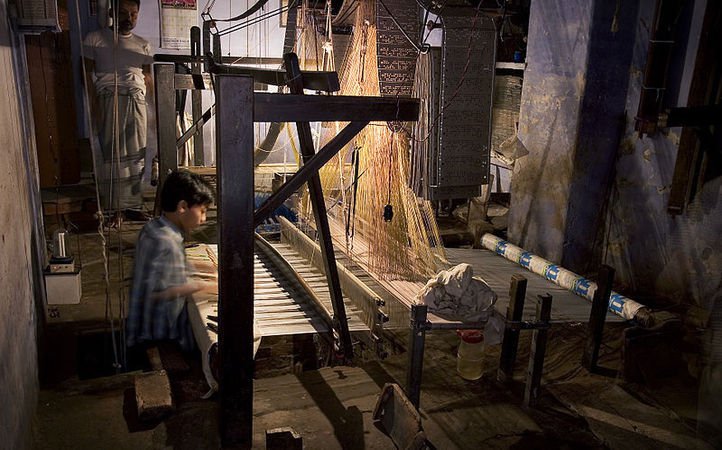
Bhagirath cannot bring his son out of the darkness and suffering because he doesn’t have any source of income and can’t remotely imagine of paying off the loan. To add insult to injury Bhandari adds up interest every time Santram asks for permission to go home. Hr is told that he has a lot left to payback.
To this net of poverty and exploitation that traps not only him but a large part of the population, Santram has given up all hope of ever being a free man and is sure he will have to work till he is old and his body finally gives up.
A shocking reality
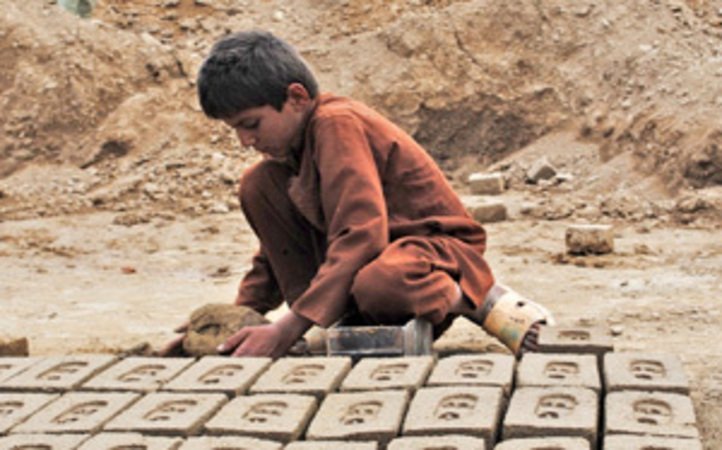
This story sounds straight out of a sixties Hindi film, but as shocking as it may sound, it is a harsh reality for millions in our country. When urban India with a prosperous industrial belt moves towards progress and such feudal practices sound like relics of a past era, there is a problem of bonded labour and child labour that exists right beside the India that shines.
A practice adopted in an entire region
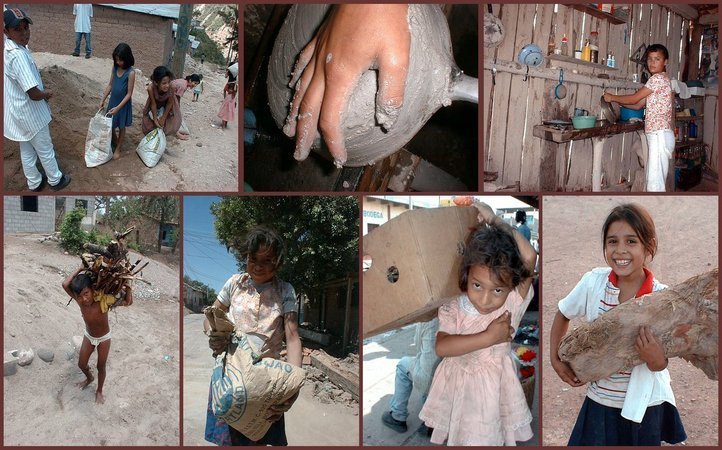
Harda district in Madhya Pradesh, where Santram hails from, is well known for this practice of parents giving away children as mortgage for loans and the children being made to work as bonded labours for long hours. This practice is completely normal for the poverty struck Korku and Gond tribes that dominate this district. In another such case Kamal, who belongs to the district was mortgaged by his father who spends all the money he earns on alcohol.
Administration’s denial
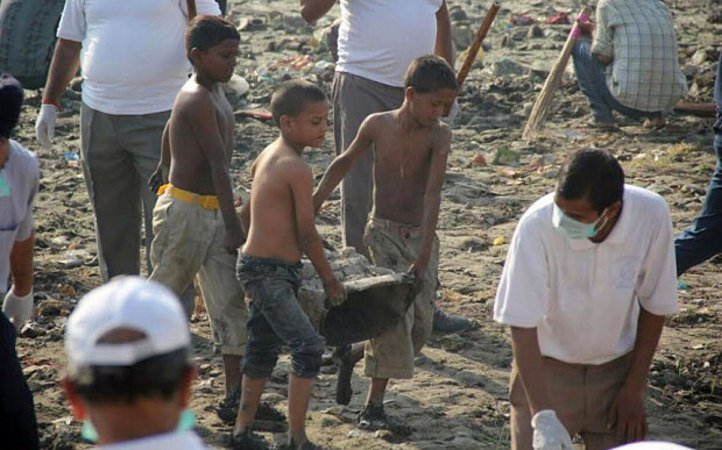
An NGO ‘Synergy Sansthan’ operating in Harda that has saved many such children, claims that there are thousands of children employed in the district in a similar manner. These claims have only met with swift denials from the administration. They also claim to have found that these children are paid meagerly and that too in wheat. The employers often verbally abuse and beat up the children to make them work more.
The poverty in tribal regions and exploitation that follows is something that is not unknown to people. Since these tribals do not have a source of income they are forced to sell their children or mortgage them in exchange of small loans. The money lenders in such regions charge a lot of interest and are highly exploitative.
A matter for concern
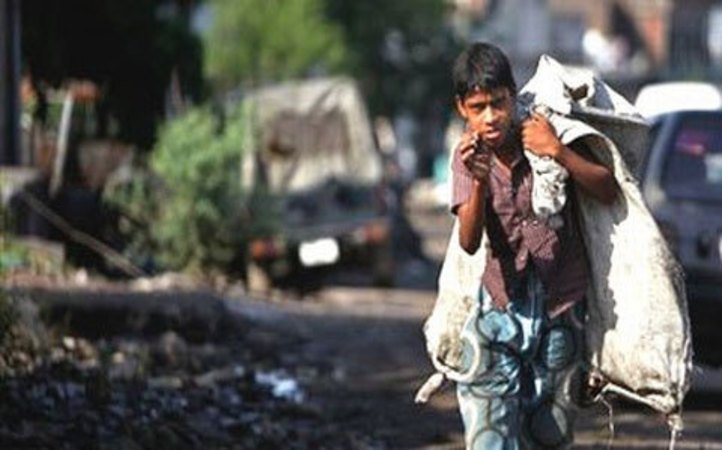
According to various reports there are over 4 lakh children working as child bonded labourers in the country. These children are made to do hard labour 12 to 14 hours a day and are paid as low as Rs. 4 per day. Though there are laws to prosecute those found guilty for employing children, there is no proper implementation to protect children from such an ordeal.
While there is a fall in the number of children employed in factories, there are still a large number of children from poor families working from their homes. The companies lend money to those who need it and later the families including children have to work at home and deliver finished products in return for low wages. The new legislature on child labour which allows employing children in family enterprises poses a risk for such exploitation being legitimized.
Scary statistics
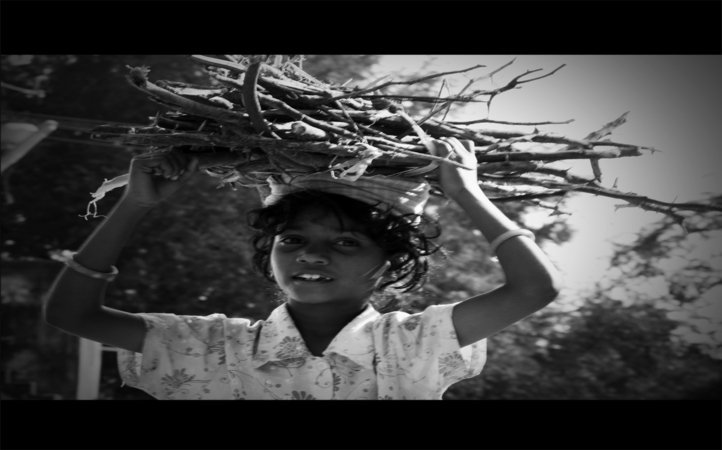
Out of 259.64 million children in the 5 to 14 years age bracket, 4.35 million are employed as child labour, according to the 2011 national census of India. Out of the total children employed in child labour, 1% are employed in hazardous operations. Poverty and a lack of infrastructure for education are pushing these tender souls into an abyss of suffering and exploitation.
According to a report by human rights watch, in India 40,000 children are abducted every year and most of them are sold for various purposes. There are 3 lakh children employed as beggars and more than 40,000 fall prey to gangs every year. In addition to this there is a large number of children swept into conflicts, especially in tribal areas. Their plight is equally a product of the ignorance of society and indifference on the part of the administration.
Its time we stop turning a blind eye to such medieval practices and save millions from exploitation. A lot of Santrams are languishing in dismay, let’s give them hope.

















